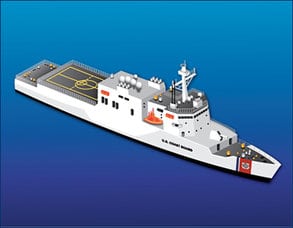
The Coast Guard could save up to $1.2 billion in its acquisition budget if its shifts several new and ongoing shipbuilding projects to some form of multiyear contracting, a naval affairs specialist with the Congressional Research Service (CRS) told a House panel on Wednesday.The Offshore Patrol Cutter (OPC) and heavy Icebreaker programs are potential candidates for block buy contracting and the acquisition of most of the remaining 26 Fast Response Cutters (FRC) could be done with either a multiyear procurement…

 By
By 











